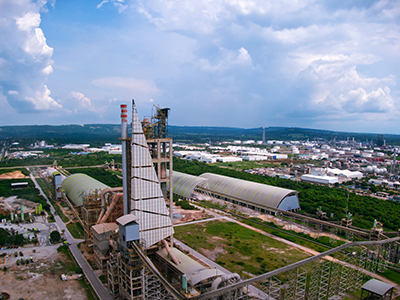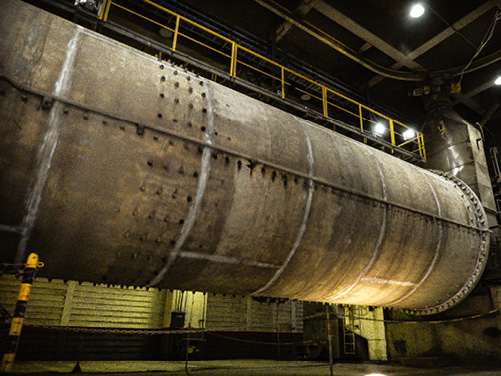By Mauro Nogarin
The Bolivian vice minister of industrial production affirmed that the construction works of the new Potosí cement plant, which belongs to the Bolivian Cement Productive Public Company (Ecebol), continues unabated and, according to a new technical report, it will begin operations in November.
“Currently, civil works present a 99% progress, the mechanical and electrical part 93%, that is to say that, in general, there is a 92% progress,” the authority stated in a new press release.
However, the political crisis at the end of 2019 and the arrival of the pandemic, unfortunately, caused the paralysis of the construction works, which only resumed at the beginning of 2021 when the new president of Bolivia was elected.
The construction of the Cementos de Potosí plant is located in the municipality of Chiutara, 7 km from the city of Potosí, and has an investment of $300 million.
The project involves the construction of a cement plant, quarrying units, crushing units, blending units, drying units, milling units, preheating units, clinker cooling units, clinker milling units and packaging.
The mechanical installation of mills will be completed in June. Operations will start up at the end of September and cement production will begin in November, to later enter the product certification process.
This plant has a production capacity of 1.3 million tons of IP-30 cement per year and 3,000 tons of clinker per day. It was commissioned through an EPC contract with a Spanish-German consortium formed by Imasa, Polysius and Valoriza. The contract included a QMR2 38/19 for raw grinding and a QMC² 45/23 for cement grinding.
The German firm Polysius dedicated itself to manufacturing the equipment to produce the cement, while Imasa worked on industrial assembly and the Sacyr group carried out civil works. Currently, the 400 tons of refractory material from Germany, necessary to finish the construction of the furnace, is being installed.
The modern vertical roller mill combines high performance, reliability and low energy consumption.
In addition to is outstanding features with regard to availability, capacity and efficiency, it offers significant improvements such as increased running smoothness, lower vibration level, best damping characteristic, optimized dynamic loads, and small moving masses.
The QMR2 roller mills are equipped with an Industrial Machine Protection System. It monitors the gear unit and other important mill components to shut them off in case of overload. The monitored parameters include, for example, roller speed, roller vibration and hydraulic pressure. Operating data may also be evaluated via remote access.
The gas distribution in the Quadropol QMR2 mill can be adjusted to the required operating conditions. This allows the specific gas flow rate and the pressure drop in the grinding system to be reduced, and as a result, this mill generation achieves an even lower energy consumption.
According to data from the National Institute of Statistics (INE), in 2022, Bolivia recorded a record in cement production with 4,070,000 metric tons (mt). This is the highest production recorded in the last 31 years, according to data available since 1991.
In fact, cement production in 2021 was 3,600,000 mt, while in 2020 it reached 3,200,000 mt and in 2019 when it reached 3,900,000 mt.
Santa Cruz was the department with the highest cement production with 1,238,000 mt, followed by La Paz which achieved 1,060,000 mt, followed by Chuquisaca (722,000), Cochabamba (493,000), Oruro (346,000) and Tarija with 210,000 mt.

Honduras
Cementos Argos confirmed a new investment that aims to maximize the production of clinker at the Piedras Azules cement plant in Honduras. The project consists of modifying the crude grinding system, the pre-heating tower and the cooler. The objective is to increase clinker production by 150,000 tpy, which will allow 100% use of cement grindings, optimize production costs by reducing heat, and electricity consumption.
Additionally, this project contemplates an increase in the use of alternative fuel, going from 2.5% to 12%, which would generate significant savings for the company.
Finally, this project would increase the production capacity of the Piedras Azules plant by 500 additional tons of clinker per day and reduce 8% of caloric consumption per kg of clinker.
The expansion of the installed capacity of the Piedras Azules plant will allow the company to increase its annual cement production by 35% and is a way of preparing to meet the continuous increase in demand.
Mauro Nogarin is Cement Products’ Latin American correspondent.


